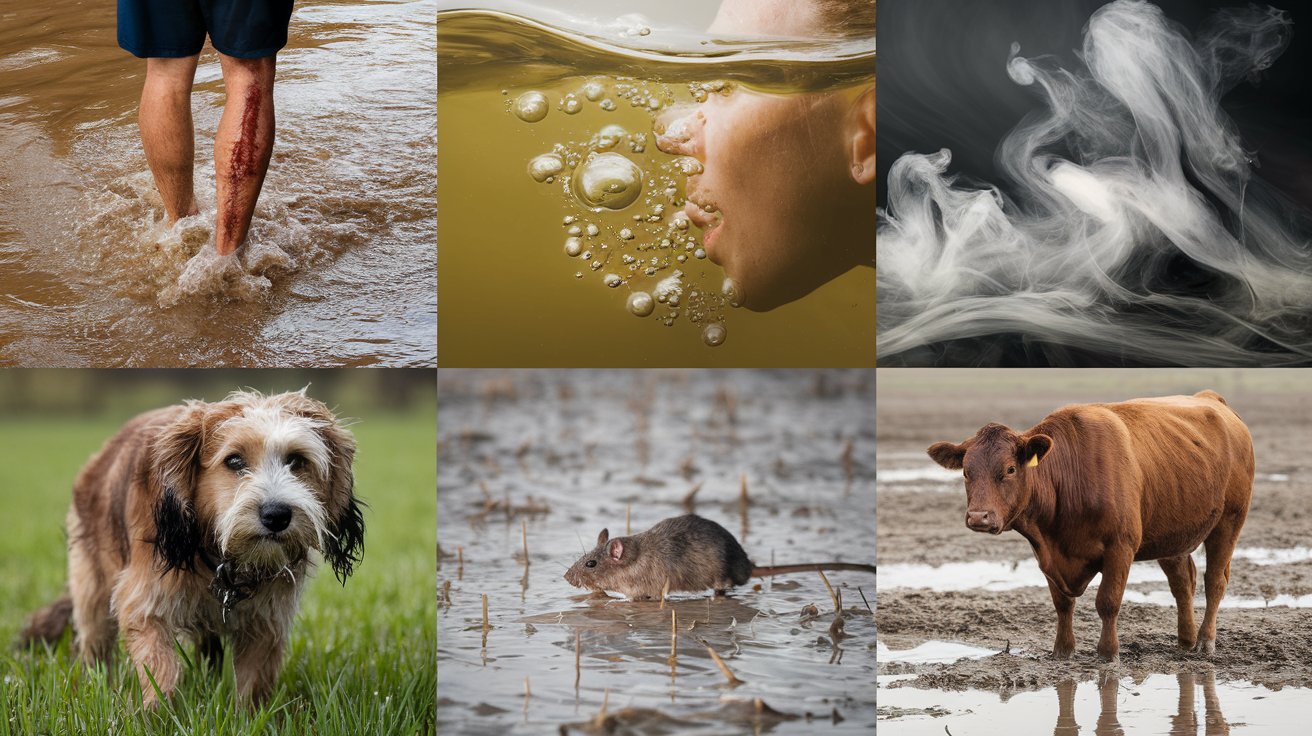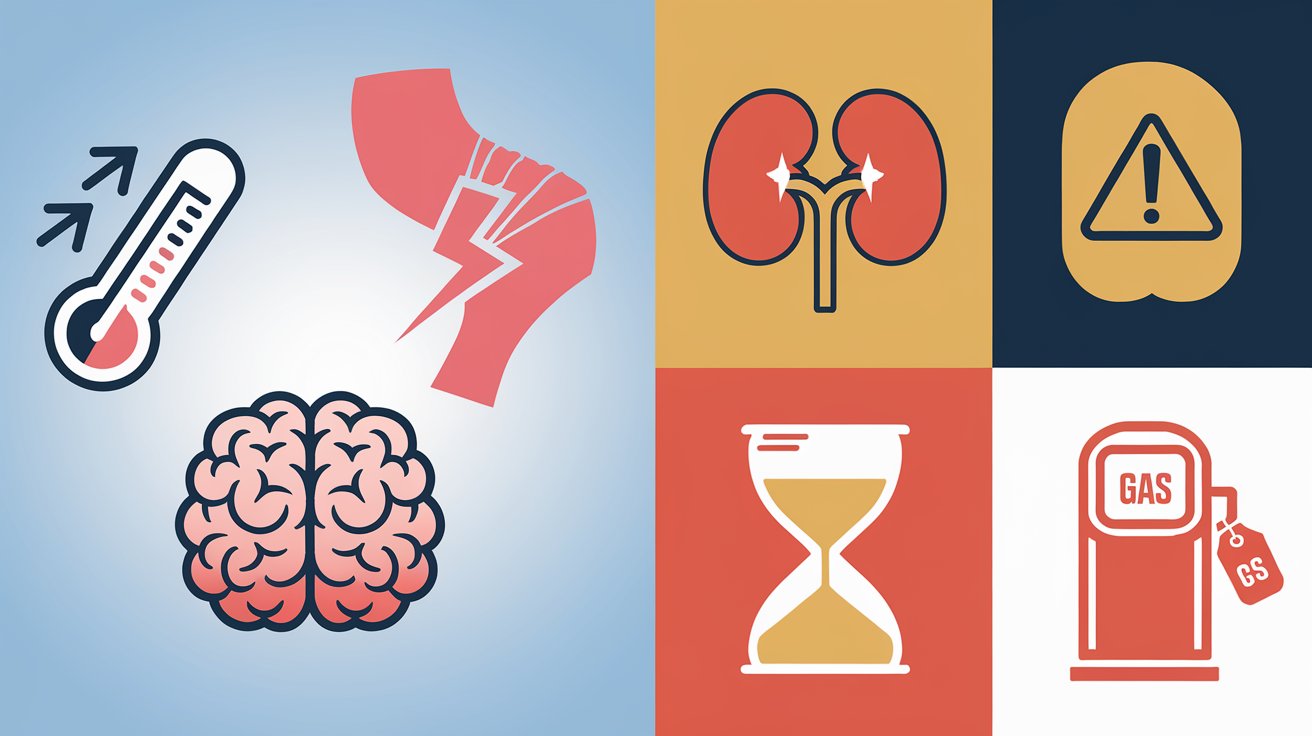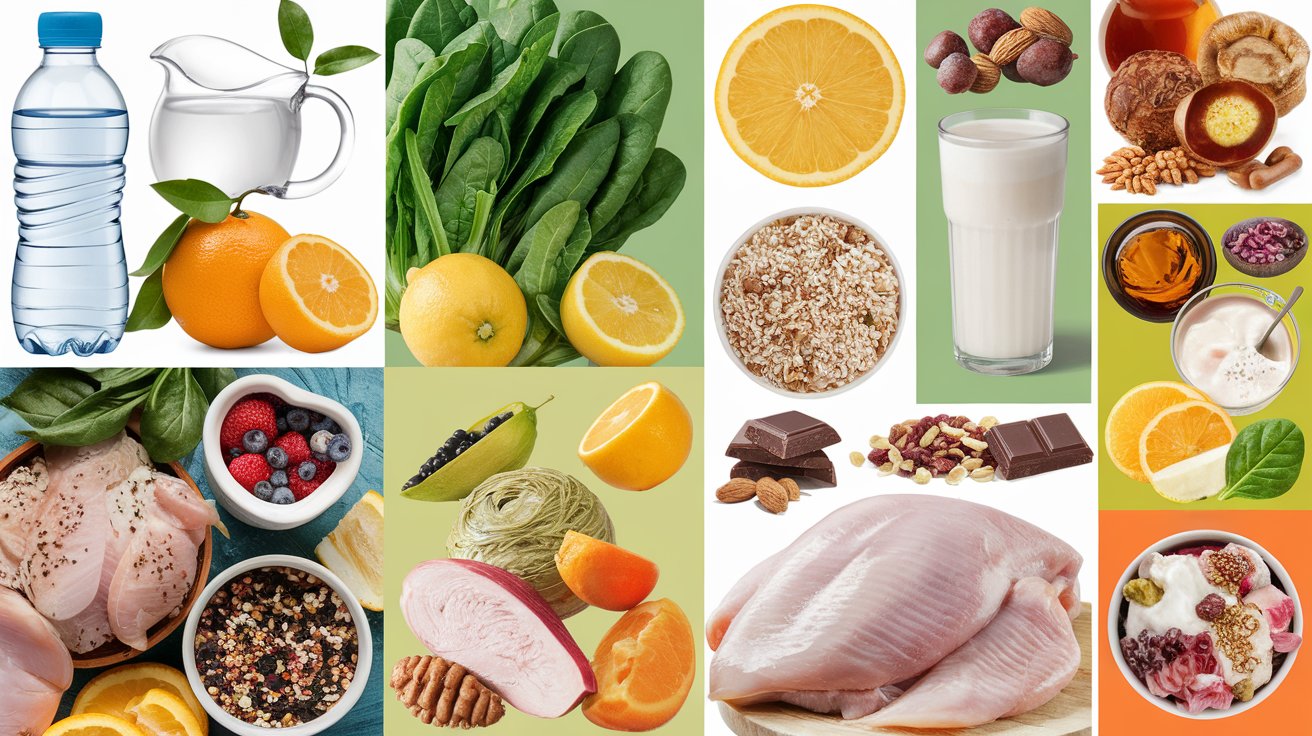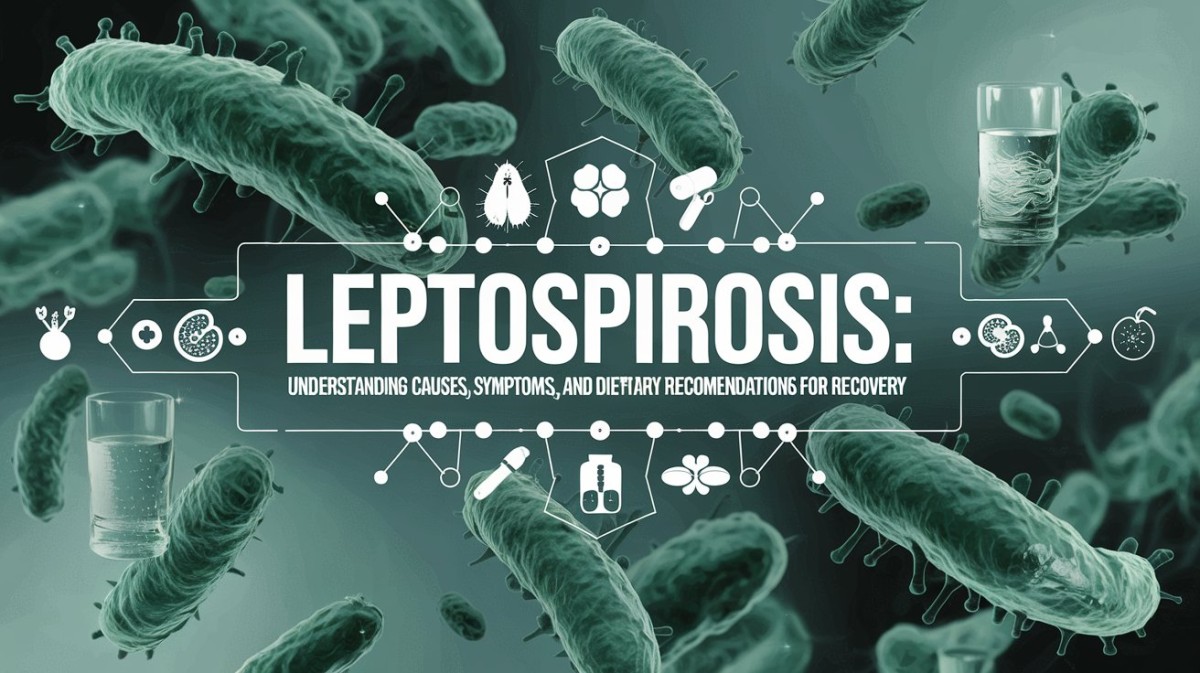Leptospirosis is a bacterial disease resulting from infection with the Leptospira bacteria; with humans and animals being the hosts. This zoonotic disease infects humans through contact with water or feces and soil in affected areas especially after rainy season. It is essential to reduce the incidence of leptospirosis because early signs and symptoms are often overlooked, and dietary requirements for healing are not well understood.
Causes of Leptospirosis

Leptospirosis is attributed to consumption of water, food, soil or litter containing the urine of infected animals. The bacteria can survive in water or soil for weeks to months, making it possible for humans to become infected through:
> Direct Contact: Coming into contact with contaminated water or soil, especially if there are cuts or abrasions on the skin.
> Ingestion: Drinking contaminated water or consuming food that has been washed with contaminated water.
> Inhalation: Breathing in droplets from contaminated water sources.
Common carriers of the Leptospira bacteria include:
- Rodents (rats are the most notorious carriers)
- Livestock (cattle, pigs)
- Domestic animals (dogs and cats)
- Wildlife (wild boars, raccoons)
Certain environmental conditions can increase the risk of leptospirosis, including:
- Flooding: Heavy rains can wash the bacteria into water sources.
- Poor sanitation: Areas with inadequate waste disposal can harbor infected animals.
- Occupational exposure: Farmers, veterinarians, and sewage workers are at higher risk due to their proximity to potentially infected animals and environments.
Symptoms of Leptospirosis

Leptospirosis can present a wide clinical spectrum from an acute febrile illness with symptoms mimicking flu to severe disease. The incubation period commonly lasts for 5 to 14 days from the time the person comes into contact with the parasite. Symptoms may be categorised into two phases:
Phase 1: Anicteric Leptospirosis
This initial phase often resembles a mild viral infection and may include:
- Fever
- Chills
- Headaches
- Muscle aches (especially in the calves and lower back)
- Nausea and vomiting
- Diarrhoea
- Rash
- Red eyes (conjunctival suffusion)
Most individuals recover from this phase within a week or so; however, some may experience a temporary improvement followed by a relapse.
Phase 2: Icteric Leptospirosis (Weil’s Disease)
If untreated, some individuals may progress to a more severe form known as Weil’s disease. Symptoms in this phase can include:
- Jaundice (yellowing of the skin and eyes)
- Severe headache
- Kidney damage (renal failure)
- Liver failure
- Hemorrhagic manifestations (bleeding)
- Respiratory issues
- Meningitis (inflammation of the membranes surrounding the brain)
This severe form of leptospirosis requires immediate medical attention as it can lead to life-threatening complications.
Dietary Recommendations for Recovery

Nutrition presents a major component in the management of the disease since leptospirosis is a bacterial infection. As much as antibiotics are the major means of treating this infection, one can boost their system by taking the right foods for a quicker and effective healing. Here are some dietary recommendations:
1. Stay Hydrated
Hydration is crucial during recovery as leptospirosis can cause dehydration due to fever, vomiting, and diarrhea. Drink plenty of fluids such as:
- Water
- Electrolyte solutions (to replenish lost minerals)
- Herbal teas
2. Focus on Nutrient-Dense Foods
Incorporating nutrient-rich foods will support your immune system and promote healing. Consider including:
> Fruits and VegetablesThese are high in vitamins, minerals, and antioxidants that help strengthen the immune system. Focus on:
- Citrus fruits (oranges, lemons) for vitamin C
- Leafy greens (spinach, kale) for iron and vitamins A and K
- Berries (strawberries, blueberries) for antioxidants
> Lean ProteinsProtein is essential for tissue repair and recovery. Include sources such as:
- Chicken or turkey
- Fish (rich in omega-3 fatty acids)
- Legumes (beans, lentils) for plant-based protein
> Whole GrainsWhole grains provide energy and fiber that aids digestion. Include options like:
- Brown rice
- Quinoa
- Oats
3. Foods Rich in Antioxidants
Antioxidants help combat oxidative stress caused by infections. Foods high in antioxidants include:
- Nuts (almonds, walnuts)
- Seeds (chia seeds, flaxseeds)
- Dark chocolate (in moderation)
4. Probiotics
After antibiotic treatment, restoring gut health is essential. Probiotics can help balance gut flora. Include fermented foods such as:
- Yogurt
- Kefir
- Sauerkraut
5. Avoid Certain Foods
While recovering from leptospirosis, it’s best to avoid foods that may irritate your stomach or hinder recovery:
- Processed foods high in sugar and unhealthy fats
- Caffeinated beverages that may dehydrate you
- Alcohol, which can strain your liver
Conclusion
Leptospirosis is a severe bacterial disease which calls for emergency medical care especially with the help of antibiotics. It becomes essential for one to have a better understanding of what causes the condition and what the signs surrounding the condition are so as to ensure they prevent the occurrence or else seek medical assistance immediately.
In addition to taking necessary medical care, it is crucial to adhere to recommendations for food consumption since you require proper nourishment of your immune framework and replacement of vitamins and minerals lost throughout the disease. Proper hydration, paying attention to foods rich in vitamins and antioxidants, and including probiotics into the diet, will support your tissues’ repair.
It is advisable to get medical help if you think you are in contact with the disease or feel that you probably have signs of leptospirosis. If this infection is recognized and treated at an early stage, severe complications are not likely to occur and can be avoided.

